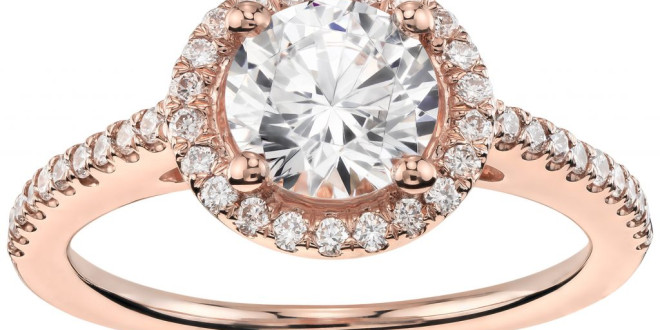[ad_1]
Over two billion people tuned in to witness the wedding of Prince William and Kate Middleton on April 29th, 2011. The blushing bride turned countless heads with her contemporary designer dress. But what many observers did not report is that the former Miss Middleton paid homage to the past with what she wore on her head. The exquisite diamond tiara that rested atop her soon-to-be royal locks was loaned to her by the Queen Mother herself.
Known as the Cartier "Halo" tiara, the headpiece was forged in 1936 and was given to the current Queen on the occasion of her 18th birthday. Considering its history, the diamond tiara is probably priceless. Though few women will ever have the chance to wear a royal tiara, the popularity of bridal headpieces has reached an all time high. Why is this?
As important as the British Royal Family has been to the success of the tiara, they certainly did not invent it. The popular headpiece was first worn by Ancient Egyptian kings and nobles. In Greece, the tiara was awarded to contest champions, much as it is to beauty queens today. According to historians, the Romans were probably the first to use tiaras during wedding ceremonies and at special social functions and events.
Throughout history, the tiara has been worn by both men and women. Napoleon Bonaparte himself wore ornate headpieces at all social gathering and events during his reign. It was not until the early 1800s that the tiara became a decidedly feminine accessory. What happened?
In a word, fashion. The nineteenth century was a time of relative peace and prosperity in most of Europe. Court life flourished across the continent and the beau monde demanded extravagant suits, dresses and accessories. When attending a royal party or ball, men and women would dress to the nines. One of the most popular accessories was the tiara. Because jewelry for men had fallen out of favor, only women wore them.
Where are we now?
As Catherine, Duchess of Cambridge (nee Kate Middleton) has reminded us, the bridal tiara is the perfect complement to the modern wedding dress. You do not even need diamonds to make them shine. In fact, most bridal tiaras are made of sparkling crystals or shine stones. They are comfortable and affordable and they give modern brides an excuse to ditch the long, flowing veil immediately after the ceremony.
Why wear them?
It is often said that every woman wants to feel like princess, at least for one day. And as women continue to make great strides socially and economically, they often feel like one of the boys. A wedding gives the modern, independent woman a chance to shine. Even girls that do not especially like dressing up often go all out on their big day. This includes wearing eye-catching accessories like the bridal tiara.
The good news is that the modern bridal tiara is not nearly as ignorant or ostentatious as its predecessors. More often than not, it is a short, thin band that is adorned with coruscating faux gemstones and imitation silver or gold. When worn under a veil, the headpiece adds a bit of sparkle to the bride when the veil is lifted.
How to Find the Right Bridal Tiara
Few women have the occasion to wear a formal headpiece before their wedding days. Tiaras, in particular, can be difficult to shop for, since they may negatively affect your overall look. That is, if you select a headpiece that does not fit the shape of your face, it may make it look too long, too fat, or too thin.
Oval Face: A bride-to-bide with an oval-shaped face should avoid headpieces with high peaks at all costs. Tall tiaras will only make an oval face look longer, whereas a short tiara that is worn close to the forehead can create the appearance of proportion.
Round Face: Many royal brides had plump or round faces, which may be why they had so many tiaras. When browsing through the royal record, we see that most of these brides selected tiaras that had high peaks. Weaving a headpiece that has some height can make your face look longer and thinner than it is.
Full Face: A full face is almost the same as a round face. The only difference is that a full face is often more symmetrical than a round one. Of course, they both have the same problem when it comes to headpieces-they need a tiara that can make their faces look longer and thinner than they really are. Weaving a tiara with a large, classic "V" peak on top can make a full face look longer.
Long Face: Brides-to-be with reliably long faces should look for tiaras that have almost no height. The headpieces should be thin and should not have any peaks. These tiaras help to frame the face without making it look longer than it may be.
Consider these tips when picking out the perfect tiara for your wedding day look.
[ad_2]
Source by Dan A Burke

